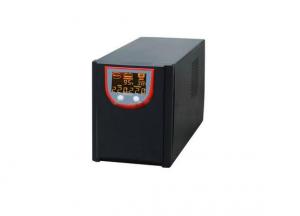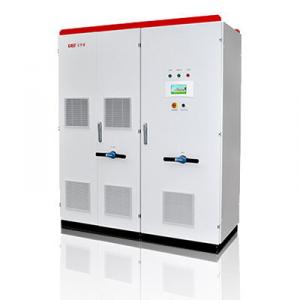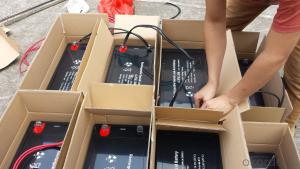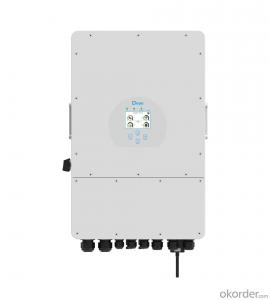Deye Hybrid Solar Inverter
Deye Hybrid Solar Inverter Related Searches
Deye Solar Inverter Hybrid Solar Inverter Inverter Solar Hybrid Solar Hybrid Inverter Solar Inverter Hybrid Hybrid Solar Power Inverter Inverter Hybrid Solar Smart Hybrid Solar Inverter Hybrid Inverter Solar Solar System Hybrid Inverter Home Depot Solar Inverter Buy Hybrid Solar Inverter Solar Edge Hybrid Inverter Hybrid Solar Charger Inverter Hybrid Solar Inverter System Tesla Hybrid Solar Inverter Hybrid Inverter Solar System Solar Hybrid Inverter System Best Solar Hybrid Inverter Best Hybrid Solar Inverter Solar Panel Hybrid Inverter Solar Hybrid Grid Tie Inverter Hybrid Solar Inverter Charger 12v Hybrid Solar Inverter Hyundai Solar Inverter Hybrid Inverter Charger Solar Hybrid Solar Inverter 24v On Grid Hybrid Solar Inverter 1kw Solar Hybrid Inverter Hybrid Grid Tie Solar InverterDeye Hybrid Solar Inverter Supplier & Manufacturer from China
The Deye Hybrid Solar Inverter is a cutting-edge product designed to optimize solar energy conversion and storage. This advanced inverter combines the functionality of a traditional solar inverter with the added benefits of energy management and backup power supply. It is engineered to work seamlessly with solar panels, batteries, and the electrical grid, ensuring a reliable and efficient energy system for residential and commercial applications.The Deye Hybrid Solar Inverter is widely used in various scenarios where solar energy is harnessed to power homes, businesses, and even off-grid systems. It is particularly beneficial in areas with fluctuating grid power or where backup power is essential during outages. This versatile inverter can handle both on-grid and off-grid applications, making it an ideal choice for those looking to maximize their solar energy potential while ensuring a stable power supply.
Okorder.com is a leading wholesale supplier of the Deye Hybrid Solar Inverter, boasting a large inventory to cater to the diverse needs of customers worldwide. With a commitment to quality and customer satisfaction, Okorder.com ensures that each Deye Hybrid Solar Inverter is thoroughly tested and certified before being shipped to clients. This guarantees that users receive a reliable and high-performing product that meets their energy requirements and stands up to the demands of daily use.
Hot Products












































